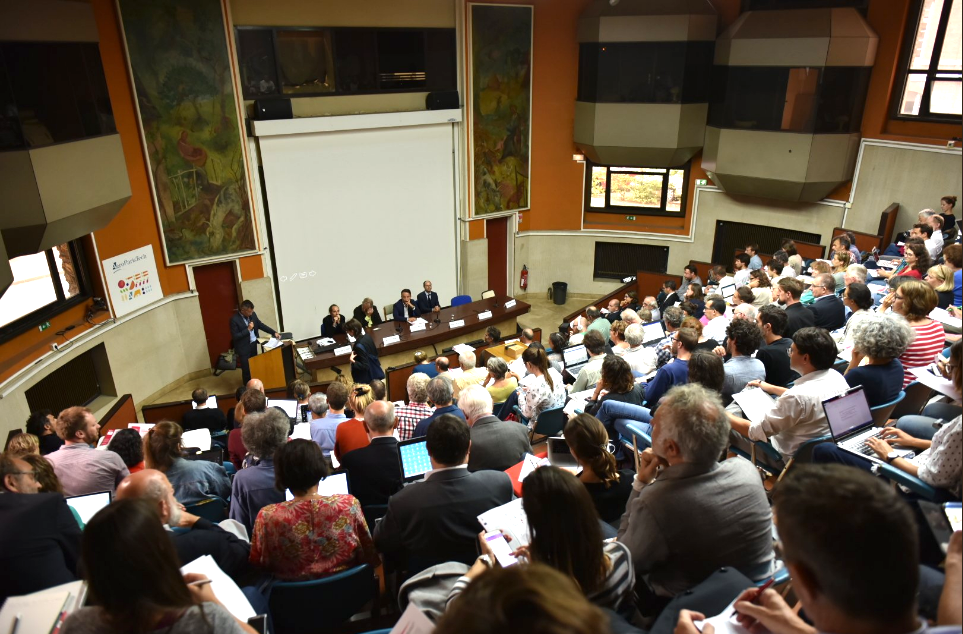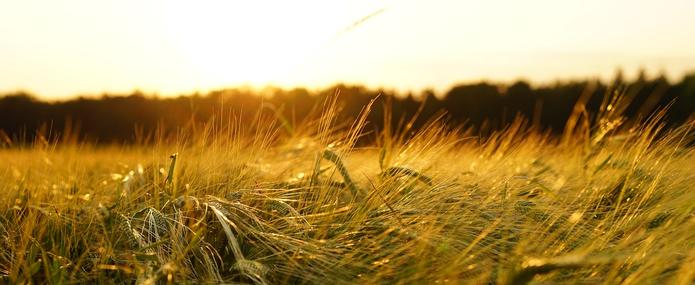The European Union needs to define the architecture for the next Common Agricultural Policy (CAP), which is to be implemented from 2021. The proposals currently being discussed place the emphasis on better integration of climate issues by the agricultural sector. But it is also important to take better account of other environmental and social issues, including biodiversity protection, natural resources conservation and, in particular, soil health and fertility, as well as access to healthy food for all citizens.
 Conference, “Is an agro-ecological Europe possible?”, 13 September 2018, AgroParisTech
Conference, “Is an agro-ecological Europe possible?”, 13 September 2018, AgroParisTech
IDDRI has been working since 2016 with consultants from AScA to develop an agro-ecological scenario for Europe called “TYFA” (Ten Years for Agroecology in Europe). Its goal is to produce a vision of the European food system that gives the same priority to issues of human health and food security, biodiversity conservation and natural resources, and climate change. The agricultural basis of this scenario was developed with the support of a high-level expert panel and presented to the public in September 2018 at AgroParisTech, before the Director of the Institut National de la Recherche Agronomique (INRA - French National Institute for Agricultural Research), Philippe Mauguin, the former United Nations Special Rapporteur on theRight to Food, Olivier de Schutter, and the MP and former rapporteur of the Ecophyto project, Dominique Pottier.
The scenario is based on a holistic approach to agroecology, from the field to the plate: abandoning pesticides and synthetic fertilisers, redeploying natural grasslands and extending agro-ecological infrastructures (hedges, trees, ponds, stony habitats), and adopting healthier diets, especially with fewer animal products and more fruit and vegetables. The extensification of grazing livestock also plays a key role in the scenario. The development of a quantitative model of the European food system thus shows that, despite an induced decline in production of 35% compared to 2010 (in Kcal), the TYFA scenario:
- meets food needs for Europeans while maintaining export capacity for cereals, dairy products and wine;
- results in a 40% reduction in greenhouse gas emissions from the agricultural sector compared to 2010 (and up to -47% for the so-called "TYFA-GES" variant published in April 2019);
- and helps to restore biodiversity and to protect natural resources.
In the weeks following its publication, the scenario was picked up by the media, in France and the rest of Europe (Euractiv, The Guardian, etc.), and presented on more than 30 occasions within different bodies (including at the French National Assembly, and with the European Commission DG AGRI and agricultural sector representatives), directly reaching more than 1 000 key actors. The fact that the scenario was so well received shows that the European debate was lacking a technically credible scenario of generalisation at the EU level of models that were so far considered as being limited to niches. Instead, the TYFA scenario shows that it is agriculturally possible to produce less and better in order to address both the food needs of a growing population and increasingly pressing environmental challenges.
In 2019 and 2020, IDDRI will take the TYFA scenario further, in particular by analysing its socio-economic implications and the points of convergence that can be found with the strategies of producers and cooperatives. In partnership with other European think tanks, civil society and private sector actors, IDDRI will also identify the tools for a successful agro-ecological transition, in terms of both public policy and private strategies. The drivers of this transition are broader than just a change of agricultural policy, and should be considered at the level of the food system as a whole.



